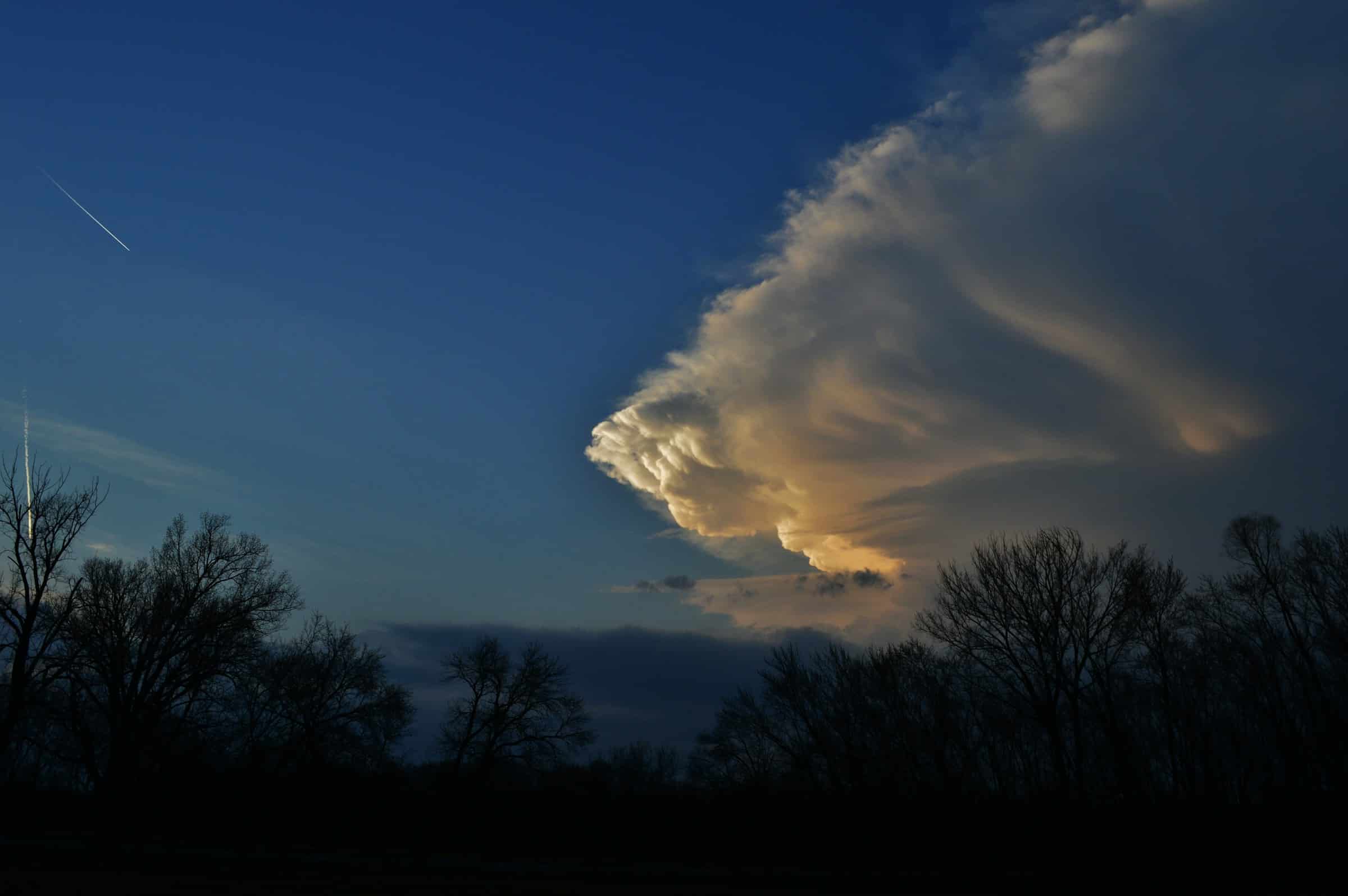What Are the Latest Breakthroughs in UK-Specific Weather Forecasting Models?

In the realm of weather forecasting, there is always a constant pursuit of more reliable, precise, and faster predictions. Being able to accurately predict weather changes and patterns can help us better prepare for natural disasters, plan our days more efficiently, and even improve agricultural yields. This article will discuss the latest breakthroughs in UK-specific weather forecasting models, delving into the development of high-resolution data models, ensemble forecasting models, and the role of machine learning and artificial intelligence in enhancing prediction accuracy and efficiency.
Enhanced Precision with High-Resolution Data Models
High-resolution data models have revolutionized the forecasting world, particularly in the context of UK weather prediction. By using finer grids, these models provide more detailed and localized predictions, which are essential in forecasting specific weather phenomena like fog, thunderstorms, and localized heavy rain.
Also to read : What Strategies Can Reduce Food Miles and Carbon Footprint in UK’s Food Supply Chain?
In the past, weather data models could only offer a broad overview of weather patterns. However, the advent of high-resolution models has made it possible to drill down into finer details, thereby providing a more accurate picture of the weather. For example, the UK Met Office has developed a high-resolution model named the ‘UKV’ (United Kingdom Variable resolution), which has a grid size of 1.5 km, providing highly localized forecasts.
Moreover, high-resolution models are also instrumental in climate change studies. They allow scientists to gauge the impact of global warming on a localized level, which proves crucial in devising mitigation strategies. For instance, high-resolution models can predict how rising sea levels might affect specific coastal towns, or how changes in precipitation patterns might impact specific farming regions.
In the same genre : How to Plan a Zero-Carbon Emission Holiday in the UK’s Countryside?
Improving Prediction Skill with Ensemble Forecasting Models
When it comes to weather forecasting, the ensemble approach has been a game-changer. Instead of relying on a single forecast, ensemble models generate a suite of forecasts, each based on slightly different initial conditions. These multiple forecasts provide a range of possible future weather scenarios, enhancing the overall prediction skill of the system.
The Met Office, the UK’s national weather service, has been at the forefront of ensemble forecasting. It operates the Met Office Global and Regional Ensemble Prediction System (MOGREPS), which provides an ensemble of high-resolution forecasts for the UK. This system not only improves the accuracy of forecasts but also provides a measure of uncertainty, enabling better risk management in situations of severe weather.
It’s worth noting that ensemble forecasting models are not just about enhancing prediction accuracy. They also help in assessing the impact of weather on sectors like energy, agriculture, and insurance. For instance, ensemble models can anticipate wind power generation by offering a range of possible wind speeds, or help insurers predict the likelihood of weather-related claims.
Revolutionizing Forecasts with Machine Learning
The application of machine learning (ML) in weather forecasting is another significant breakthrough. ML can analyze vast amounts of data faster and more efficiently than traditional methods, making it a powerful tool in weather prediction.
One of the primary applications of ML in weather forecasting is pattern recognition. By analyzing historical weather data, ML algorithms can identify patterns and trends that might go unnoticed by human forecasters. This capability is especially valuable in predicting extreme weather events, such as hurricanes or heatwaves, which can have severe societal impacts.
Moreover, ML can enhance the forecast resolution. While high-resolution models provide detailed forecasts, they can be computationally expensive. However, ML algorithms can ‘learn’ from these high-resolution models and provide similar detail level forecasts at a fraction of the computational cost.
In the UK, the Met Office is exploring the use of ML in various areas of weather forecasting. For instance, in their Informatics Lab, data scientists and meteorologists are collaborating to develop ML models that can improve precipitation forecasts.
The Role of Big Data in Weather Predictions
The weather forecasting industry is data-driven. Every day, vast amounts of data are collected from weather satellites, radars, buoys, weather stations, and even commercial aircraft. This flood of data, often referred to as ‘big data’, is both a challenge and an opportunity for weather forecasting.
On one hand, managing, processing, and extracting useful information from this sea of data is a significant challenge. Traditional data processing methods are often unable to handle such large volumes of data efficiently.
On the other hand, big data provides an unparalleled opportunity for improving weather forecasts. It offers a wealth of information that, if properly harnessed, can enhance our understanding of weather patterns and improve the skill of weather models.
Recognizing the potential of big data, the Met Office has implemented a ‘Big Data’ strategy. This strategy aims to optimize the use of the vast amounts of data collected by the Met Office and its partners, enhancing the accuracy and reliability of weather forecasts. For example, the Met Office uses big data techniques to process satellite data, which plays a crucial role in weather prediction.
The advancements in UK-specific weather forecasting models are indeed impressive. As technology continues to evolve, we can expect even more accurate, detailed, and fast weather forecasts in the future, boosting our ability to prepare for and respond to weather events.
The Implication of Data Assimilation in Weather Forecasts
Data assimilation, or the combination of observational data with numerical models, is transforming the way we predict weather patterns. This method is particularly effective for UK-specific weather forecasts, where dynamic weather patterns demand up-to-the-minute, accurate predictions.
The process of data assimilation involves fusing real-world observational data, such as temperature, wind speed, and air pressure, with a numerical weather model. These data points are collected from various sources, such as weather stations, satellites, and aircraft, and are used to correct the state of the model, improving its accuracy.
The Met Office, as a data-driven organisation, has made significant strides in the field of data assimilation. Their strategy includes the use of 4D-Var (Four-Dimensional Variational data assimilation), a sophisticated technique that takes into account the evolution of weather patterns over time.
With 4D-Var, observational data is used to adjust the weather model at multiple points in time, rather than just the initial point as in traditional methods. This leads to a more coherent representation of weather systems, enhancing the reliability of forecasts over longer lead times.
Data assimilation also plays a key role in climate models. For instance, it can help improve the accuracy of long-term forecasts regarding sea-level rises or temperature changes, allowing for more effective climate change mitigation strategies.
Artificial Intelligence: The Future of Weather Forecasting
Artificial intelligence (AI) is rapidly emerging as a critical tool in weather prediction. AI’s ability to process large-scale data and identify complex patterns is revolutionising the field of weather forecasting.
In the UK, the Met Office is harnessing the power of AI to improve the accuracy and efficiency of its weather forecasts. For example, using deep learning (a subset of AI), the Met Office can predict the likelihood of certain weather events, such as thunderstorms or heatwaves, by identifying patterns in historical data.
Additionally, AI can enhance post-processing, the stage where the raw output of numerical weather prediction models is turned into the final forecast. By using AI, post-processing can be more accurate and efficient, reducing errors and improving the utility of the forecasts.
AI can also augment the performance of low-resolution models. Since high-resolution models are computically expensive, AI can be used to ‘learn’ from these models and provide similar forecasts at lower computational costs.
AI is not just reshaping weather prediction; it’s also changing the way we use weather forecasts. For instance, AI can help energy companies optimise their operations by providing accurate forecasts of wind power generation.
Conclusion
The latest breakthroughs in UK-specific weather forecasting models reflect a significant leap in our ability to predict weather patterns. Technological advancements in high-resolution data models, ensemble forecasting, machine learning and data assimilation are driving this progress, offering more detailed and accurate forecasts than ever before.
The Met Office, as the UK’s national weather forecasting service, is at the forefront of these innovations, leveraging technology and embracing a data-driven approach to enhance the reliability of its forecasts.
As we look to the future, it’s clear that the integration of artificial intelligence into weather prediction holds immense promise. As AI technology continues to evolve, so too will our ability to understand and predict weather patterns. Not only will this boost our capacity to prepare for and respond to weather events, but it will also have profound implications for a range of sectors, from agriculture and energy to insurance and urban planning.
In conclusion, the state of the art in UK-specific weather forecasting models continues to advance at a rapid pace, promising more accurate and detailed weather forecasts for everyone. The future of weather forecasting is indeed bright, and we can look forward to further exciting developments in this field.
